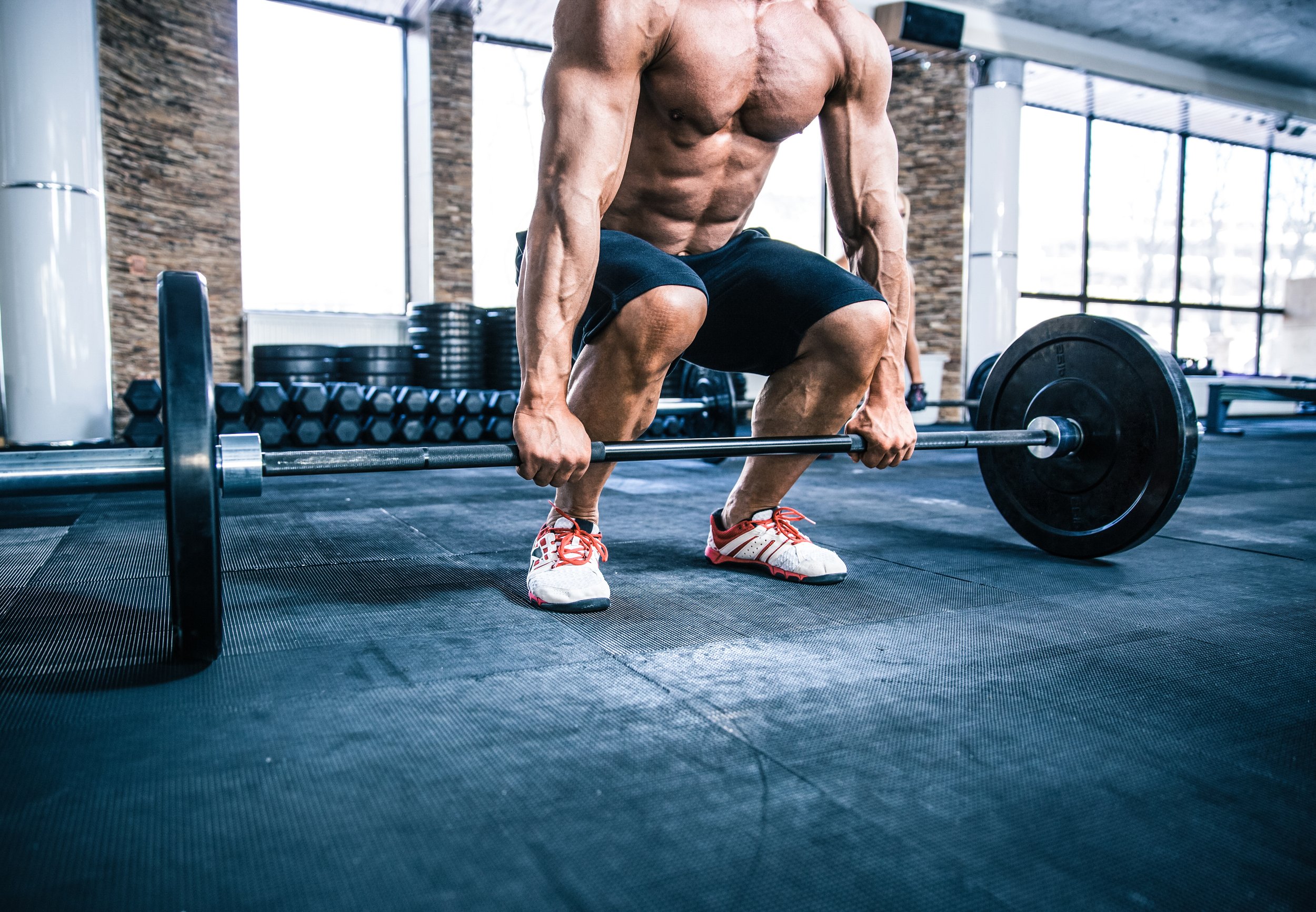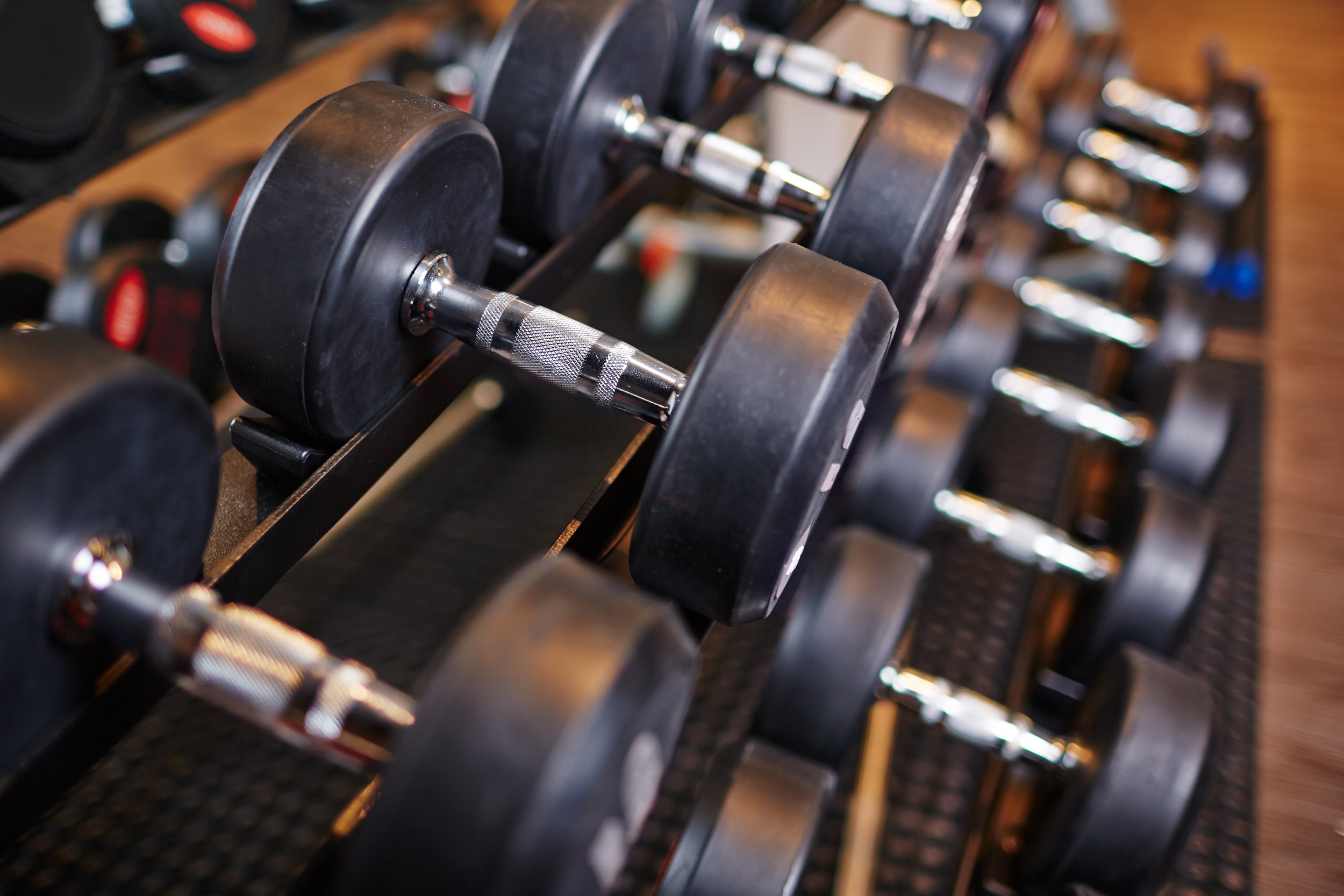What Are Microworkouts?
Takeaway Points:
Microworkouts are super short workouts that are usually only one or two exercises that are done until failure.
Microworkouts can be useful for targeting specific muscles and accessory work that would allow individuals to build muscle faster outside of their regular workouts. They can also be good for people who struggle to make time for longer workouts, but still want to add movement into their daily routines.
(Note: This is an updated version of an article originally published on 1/15/15. It has been expanded to be much more comprehensive, and to adhere to modern design standards.)
Well, at the end of the day, it’s exactly what it says on the tin - a microworkout is a very small workout.
Specifically, microworkouts refers to the tendency to perform small individual “workouts” that don’t follow the traditional gym time rules. Rather than being done at a gym, a microworkout is typically very short (only 5-10min or so) and is typically designed to be maximally convenient - you can do microworkouts anywhere, with little to no equipment. You can do microworkouts in front of the television at night, or between focus sessions in your work day.
What are the benefits and uses of these short workouts?
When I trained at Westside Barbell, Louie Simmons loved to emphasize how important tricep isolation work is for building a bigger bench. I absolutely agree - after all, strong triceps equal a better lockout and safer elbow joints, equating to a much better bench press over time. So what were Louie’s favorite methods for building up the triceps? Well, hitting the triceps, and hitting them often.
Aside from various triceps isolation exercises, Louie had one bit of advice that stuck with me - to do sets outside of your normal workout. An exercise band, he pointed out, is easily portable. You can loop a band over a hook or pipe somewhere in your house and do banded triceps pushdowns very easily. By doing a set here and there throughout the day, you can add a lot of volume for the triceps without having to go through the humdrum of hitting them over and over again in your traditional workout format. Do some tricep pushdowns while watching tv, before brushing your teeth, while you’re waiting for tea water to boil, etc. In this way, you can get in much more training volume than you normally would.
Certainly, most people can’t “microworkout” their way through a set of heavy squats or bench presses, or anything similar. But microworkouts can be an effective way to maximize strength and muscle gains over time, provided you use it to work in more accessory work than you would otherwise be able to complete.
What if you’re not a competitive lifter?
To be fair, the above scenarios describe a competitive lifter looking to maximize their strength and muscle mass. What if that doesn’t describe you?
Microworkouts certainly work very well for non-competitive lifters as well. I have worked with many clients who struggle to have the time to complete a full workout, and can often only get in work throughout the week in a microworkout style approach. If this style of workout helps you to get in the work you need to maintain your fitness, it’s well worth it. And after all, people need a lot less training than they think to see most of the maximum benefit of exercise, so even just a few microworkouts per week can often add up to be more than enough.
What are the pros and cons?
Pros:
Easy to get in more training, especially for lighter accessory exercises, making it easier to develop more strength and muscle.
May make it much more manageable for people with busy schedules or minimal equipment who wouldn’t otherwise be able to exercise
Easy to specialize in muscle groups that might be lagging, and bring them up to speed.
Don’t need to be super well-monitored, you can often just do 1 set to failure at a time, with minimal overthinking.
Cons:
Some exercises cannot be easily used in microworkouts, because they require high intensity or more equipment than you can have on hand.
You won’t be warmed up, so it’s not a good idea to try very heavy/high intensity exercises with significant injury risk in most situations.
You may not always train as close to failure, or with as much focus or attention, as you would in a gym setting, which could lead to less efficiency per unit of time.
(Of course, this could be offset by just doing more microworkouts.)
Pushing yourself to train close to failure could result in a bit of sweating or discomfort, which may make microworkouts less convenient/harder to combine into your daily routine, for example during your workday.
Microworkouts would typically work best when you’re able to wear light, exercise-friendly clothing through the day, and wouldn’t work well if you were in an office setting for example.
Overdoing it can lead to an “exercising all day” sensation, which leaves little room for physical or mental recovery, or could cut into your ability to perform other workouts.
Many will struggle with focusing on working out at home or in the office because there are a lot more distractions compared to the gym.
A particular point of caution is that microworkouts share a lot of the pros/cons that are inherent to working out at home in general. I did a lot of microworkouts/working out at home during the pandemic, and I overdid it to the point of causing significant burnout. Each individual “workout” doesn’t feel like much, but over time it can become easy to overdo it and spend all day exercising, if you’re not cautious. Many also struggle to do workouts at home simply because there are so many more distractions, and find it way easier to get in a time-efficient workout if they just get themselves to the gym, where they can be more focused.
What works well for microworkouts?
Here are some exercises that would work well as components of microworkouts:
Bicep exercises/bicep curls - Especially if you have resistance bands or light dumbbells at home.
Tricep exercises - Same as above.
Lateral Raises/Upright Rows - Same as above.
Band Pullaparts/Bent Over Dumbbell Flyes - Same as above.
Calf Raises - Bodyweight or with added dumbbell weight.
Wrist Curls/Reverse Wrist Curls, Grip Strength Exercises - If you have the equipment.
Bodyweight exercises in general - Pushups, squats, glute bridges, lunges, planks and other core exercises, pullups if you have a pullup bar at home, stretching exercises, mobility exercises, yoga.
Of course, this list can expand greatly if you have a lot of equipment at home and are flexible with your time. For example, I remember when I had a squat rack at home in my garage and a lot of freetime, and would often spend hours hanging out in the gym - working from my laptop, watching television, etc. in between heavy sets.
Are microworkouts for me?
At the end of the day, this depends on what equipment you have available, and what your skill level and goals are. But for many people, microworkouts can be a very flexible way to incorporate more work, and get more results, with minimal disruption to your day-to-day habits and activities.
About Adam Fisher
Adam is an experienced fitness coach and blogger who's been blogging and coaching since 2012, and lifting since 2006. He's written for numerous major health publications, including Personal Trainer Development Center, T-Nation, Bodybuilding.com, Fitocracy, and Juggernaut Training Systems.
During that time he has coached thousands of individuals of all levels of fitness, including competitive powerlifters and older exercisers regaining the strength to walk up a flight of stairs. His own training revolves around bodybuilding and powerlifting, in which he’s competed.
Adam writes about fitness, health, science, philosophy, personal finance, self-improvement, productivity, the good life, and everything else that interests him. When he's not writing or lifting, he's usually hanging out with his cats or feeding his video game addiction.
Follow Adam on Facebook or Twitter, or subscribe to our mailing list, if you liked this post and want to say hello!
Enjoy this post? Share the gains!
Further Reading:
Ready to be your best self? Check out the Better book series, or download the sample chapters by signing up for our mailing list. Signing up for the mailing list also gets you two free exercise programs: GAINS, a well-rounded program for beginners, and Deadlift Every Day, an elite program for maximizing your strength with high frequency deadlifting.
Interested in coaching to maximize your results? Inquire here.
Some of the links in this post may be affiliate links. For more info, check out my affiliate disclosure.







